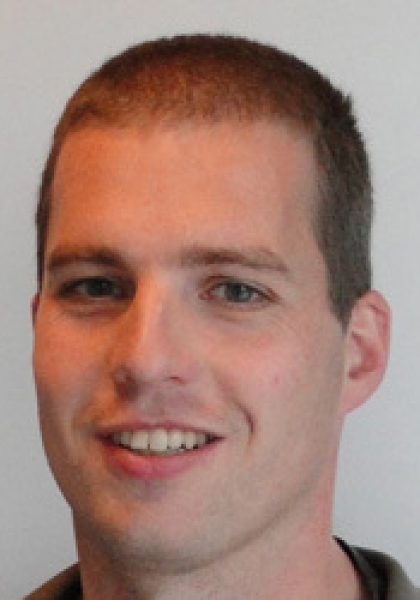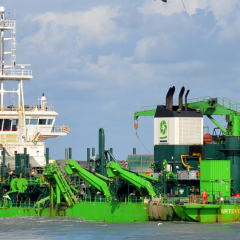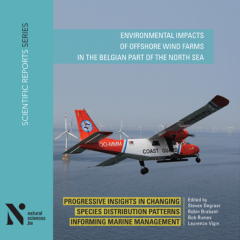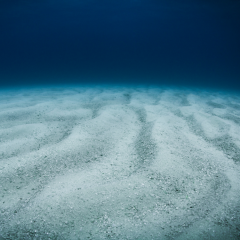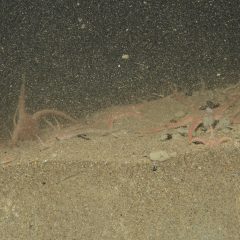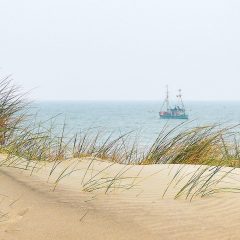Research project Functional biodiversity in a changing sedimentary environment: implications for biogeochemistry and food webs in a managerial setting
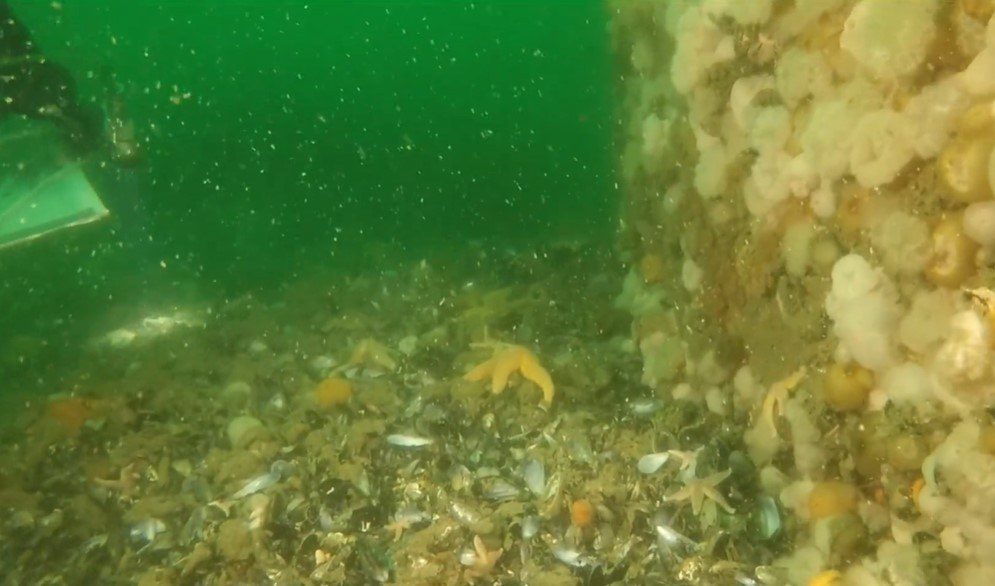
General introduction
What happens to our seafloor ecosystem when local sediment hardens or refines due to human intervention? That is the question in the FaCE-It project. Southern North Sea sediments are hardening as a result of the construction of wind turbines, where the foundation provides a diverse substrate for marine fauna. Sediment fining results from a combination of sand mining, bottom (trawl) fishing, dumping (dredging) and the introduction of hard substrates. The question is to what extent these changes affect biogeochemical cycles and food web structure in our marine ecosystem.
Research approach
The impact study in Face-it is done through detailed biochemical experiments, method development and field measurements. We integrate various hydrodynamic models and ecosystem models to scale up observations of local impacts in time and space to the Southern North Sea. Finally, during this research we refine and test various indicators relevant to the functioning of a marine ecosystem. We aim to make statements both at the local level and at the scale of the Southern North Sea.
Relevance/Valorization
Face-it has now ended. The results show that there are strong local effects of offshore wind farms (OWFs) on the food web. We can now emphasize the importance of the erosion protection layer in increasing food availability and diversity. The project has been able to clarify the functional role of marine organisms, both for benthic seabed processes and for filtering organic matter from the water column. Scientific progress has been made in operationalizing indicators (based on biological characteristics or on sediment profile images) that reflect the functional effects of the fauna present.
We have found that changes in ecosystem functioning extend spatially, i.e. beyond the actual offshore wind farm sites, and across boundaries. Based on the Face-it models, organic matter appears to redistribute on a larger scale. Within the offshore wind farms, organic material is kept in place, while the flux of organic material to the seabed outside the wind farms decreases. This redistribution of organic material causes biogeochemical shifts and results in increased organic carbon content in the sediments.
At the methodological-scientific level, Face-it has created new tools for scientists and policy makers regarding the management of future installations of OWFs.
